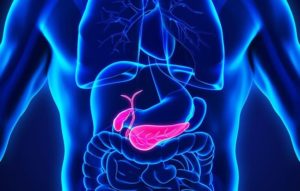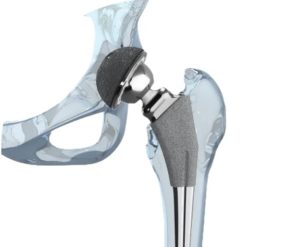Yesterday I wrote about the “brain-eating amoeba,” Naegleria fowleri that killed three young people this summer. The amoeba causes the disease primary amebic meningoencephalitis (PAM). Most victims become infected from swimming in warm, fresh water.
Naegleria fowleri: CDC Images
The Associated Press is reporting that the summer’s first victim did not follow that pattern. That case involved a young man in his 20s from southeast Louisiana who died in June. The infection was traced to amoebae in the tap water that he used in a neti pot to rinse his sinuses.
The Louisiana state epidemiologist, Dr. Raoult Ratard, confirmed that the deadly amoebae were found in the home’s water system and were not found in city water samples.
The epidemiologist noted that investigators were able to rule out the possibility that the victim came into the amoeba through swimming or contact with surface water.
Infection with Naegleria fowleri proceeds in a particularly gruesome manner. The amoebae enter the nose with infested fresh water. Once there, the organism burrows into brain tissue and begins consuming neurons.
Initial symptoms of PAM start 1 to 7 days after infection and include headache, fever, nausea, vomiting, and stiff neck. Later symptoms include confusion, lack of attention to people and surroundings, loss of balance, seizures, and hallucinations. After the start of symptoms, the disease progresses rapidly and usually causes death within 1 to 12 days.
Dr. Ratard recommended that only sterile, distilled or boiled water should be used with neti pots.











Comments for this article are closed.